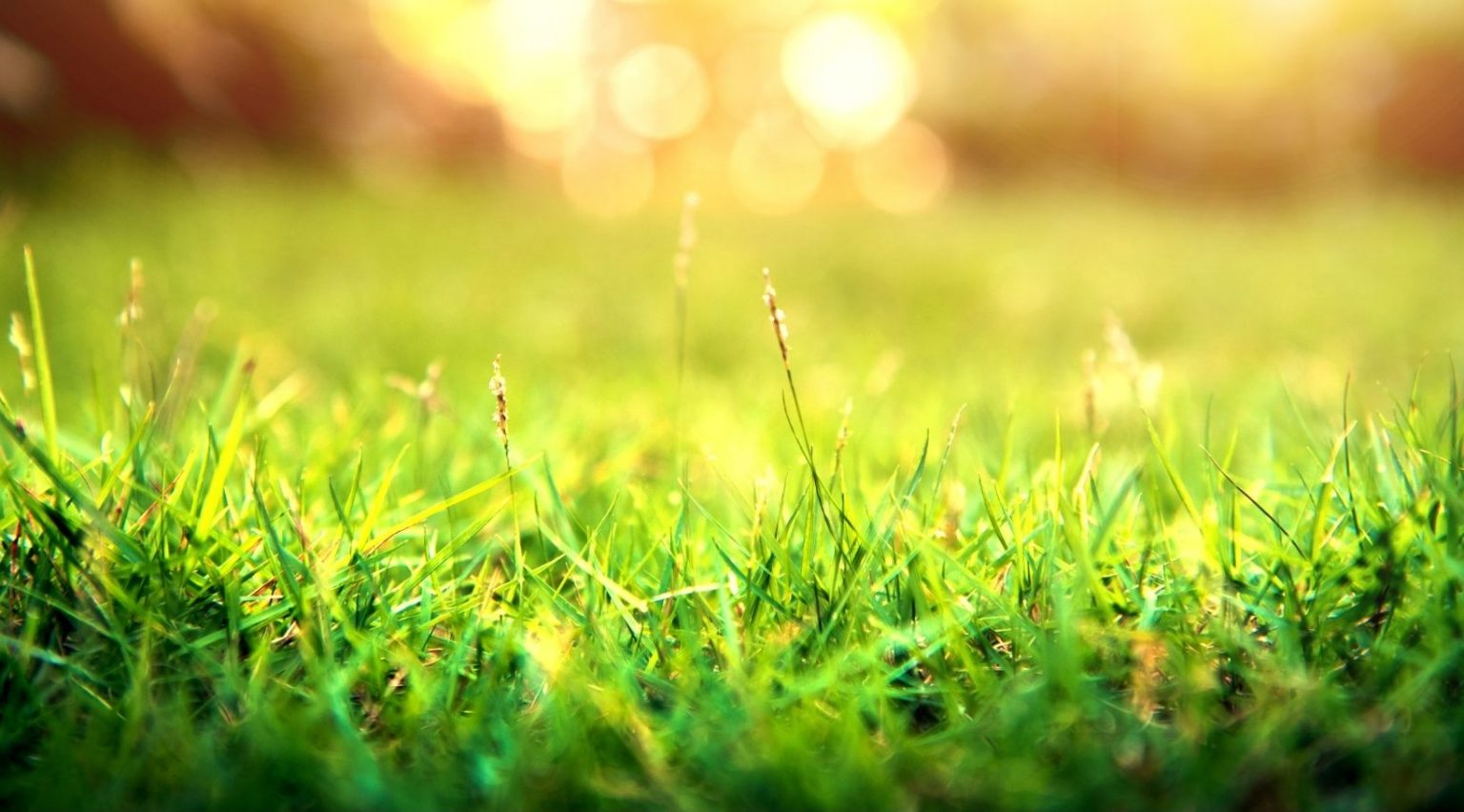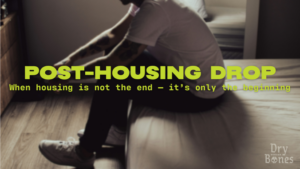Last week I found myself in the Denver Art Museum staring at a sculpture featuring pairs of pantyhose attached to a blank white wall in vaguely-geometric patterns. Some of the pantyhose ends were filled with sand and resting on the floor. Right outside the exhibit played a video of a woman moving, dancing, and interacting with a similar arrangement of pantyhose. In the video, a musician played lightly and gently, the dancer moving to the music. She moved her body through the spaces in between the pantyhose and the wall and occasionally picked a strand of pantyhose and moved it where she wanted it to go. As she moved, the sculpture changed.
The entrance to the exhibit featured a quote by Senga Nengudi, the visual artist known for her abstract sculptures made of everyday objects and accompanying choreographed performances whose work was featured therein.
“How do you respond? To your environment, your city, your community? What do you make of this world? How do you transform what you find into what you would like it to be?”
Recently, Dry Bones outreach staff spent some time with college students from Northwestern College through a spring service partnership. As part of our time together, we stood and each stared at one square foot of earth below our feet. This was followed by kneeling down and observing that same square of earth. Finally, we laid face down in that square and stared intently at the earth below. By the time we laid down, blades of grass grazing our chins, we had spent about 10 minutes in silence staring at the ground.
After spending a few minutes lying on the earth, we circled up to discuss what we had just experienced. Taking time to lean into still and silent observation enabled us to talk about our square foot of earth in response to Senga Nengudi’s burning questions: “How do you respond? To your environment, your city, your community? What do you make of this world? How do you transform what you find into what you would like it to be?” We voiced our desire to take better care of the earth and to appreciate the small things that are before us on a daily basis. We recognized the way in which getting to truly know a space leads to caring for it. We expressed a willingness to tread more lightly through this world.
Stillness and silence were not the end goals, but they ushered us into deeper presence and engagement in the world around us.
***
Here at Dry Bones we talk a lot about presence. We often speak about how our job is not to “fix” anyone or live anyone’s life for them but to be present with them. At times this presence feels like being at an art museum or watching a play; it can feel like being still and observant.
While presence invites us into stillness and silence, it also invites us to engagement—often involving movement and sound. Presence that holds space for not only stillness and silence but also engagement feels more full. It feels more incarnational, embodied. Presence that encourages engagement reminds me of my role: to remind people of who they are, to remind people that they are not only material that is shaped by the world but also dancers who shape and transform the space around them.
Stillness and silence are necessary to cultivate a spirit of presence, but they are not all that presence invites us into. Presence invites us, as Christ does, into deeper engagement with our environment, our city, our community. Presence invites us into an incarnational way of being in the world.




